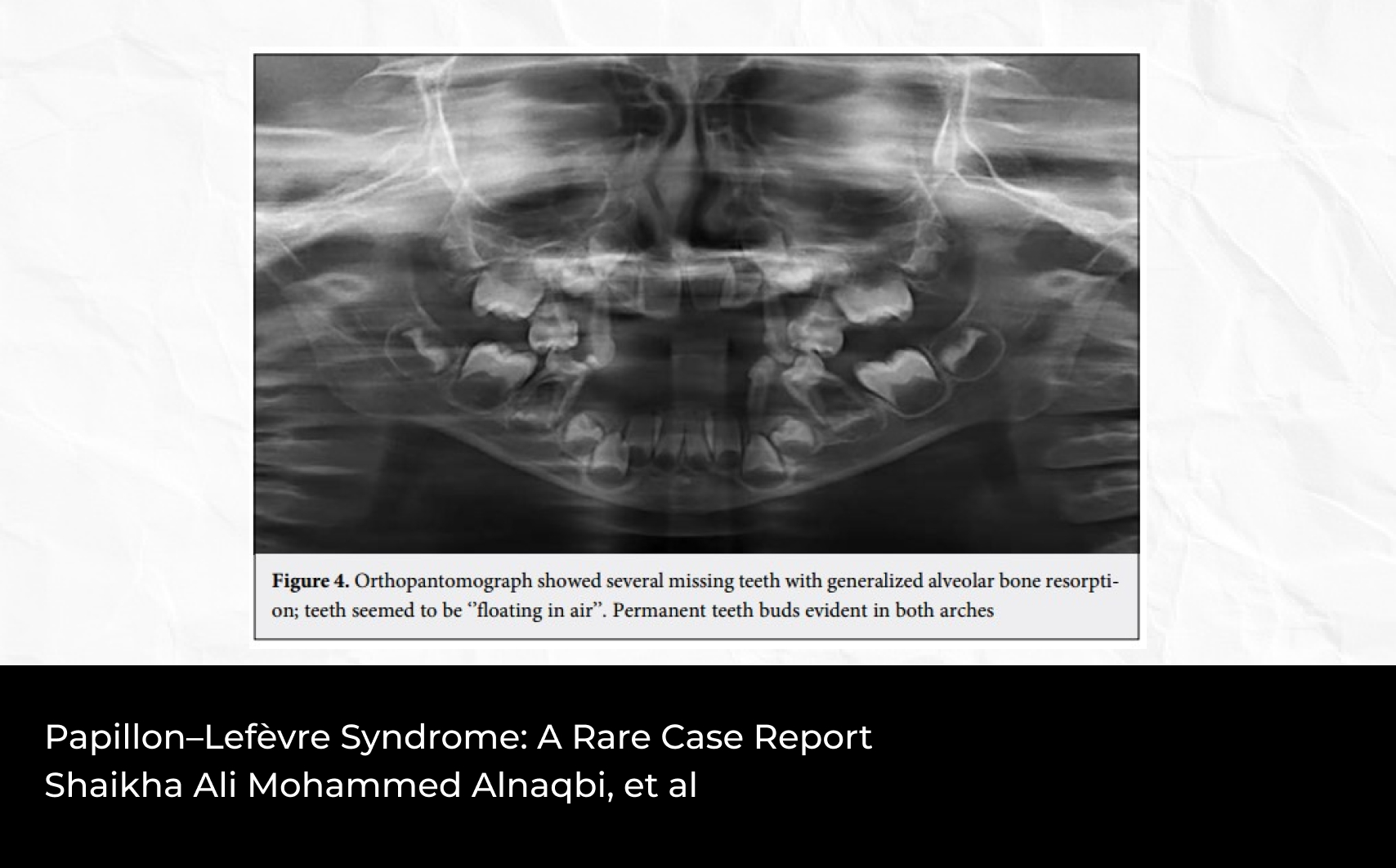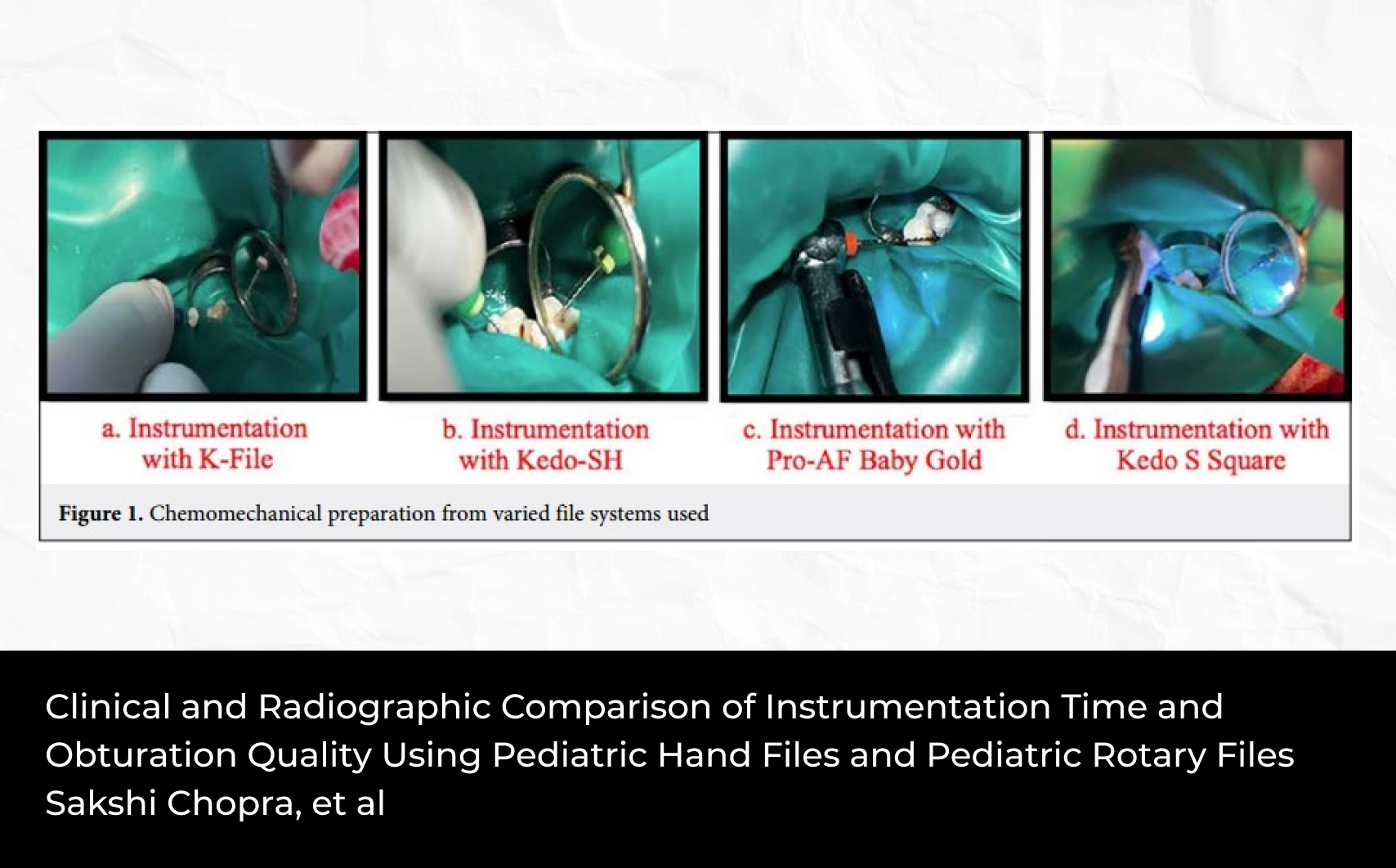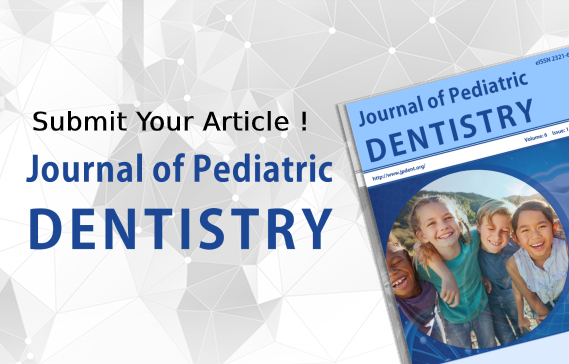Abstract
Objective: The present study aimed to evaluate, in pediatric patients, the concordance of intraoral scanner for dental measurements, comparing the measurements obtained clinically with digital models, 3D printed filament models, and conventional plaster models.
Materials and Methods: For this study, 31 patients with mixed dentition were selected, with at least the upper central incisors and upper first permanent molars erupted. The dental size measurement obtained with 3Shape Trios Scanner was compared with that obtained clinically with the aid of a digital caliper, as well as the measurements made with plaster models and filament printed models. For data analysis, the intraclass correlation coefficient (ICC) was performed and the agreement was categorized according to it. The Bland–Altman analysis was also applied to the data to graphically display the concordance.
Results: There was no difference in agreement between measurements made in plaster and filament models compared to the reference method, and for measurements in the digital model, the agreement was low or zero in the molar region.
Conclusion: According to the present study, we can conclude that both plaster and filament models presented values that are faithful to those obtained clinically and that the evaluated region affected the agreement with the reference method.














